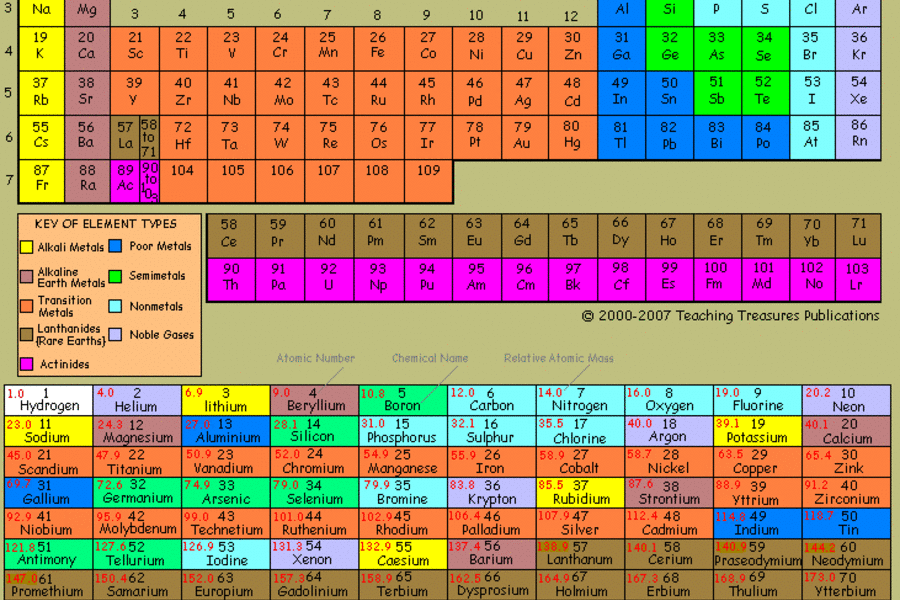Can glass be dissolved?
Some experts argue that glass is a mixture, or as they sometimes say, a solution. Glass does not have one definite chemical composition; all manufacturers use their own secret formula. The ingredients are melted and stirred until they are dissolved, and then cooled. Sand is the most important ingredient in glassmaking. To make clear, colourless glass the sand should not contain a lot of impurities like iron, which gives a distinct green tint to the finished products. To make glass for optical purposes pure silica is the main ingredient. Other ingredients can be calcium oxide, boron oxide, potassium oxide, sodium oxide, zinc oxide, manganese oxide, lead oxide, arsenic oxide, and many other components which when they melt together with silica form metallic silicates. Chemical stability is one of the most important qualities of glass, as air contains moisture and exhausts fumes. Moisture condenses on glass, absorbs carbon dioxide and form carbonic acid. In chemical laboratories pure distilled water is kept in bottles made from a special type of glass because distilled water will dissolve ordinary glass.
Experiment II: dissolving glass in water

Set-up on 22 February 2011: an empty jar, weighed without lid, filled with distilled water.
After one year I will empty and clean the jar and weigh it again, to find out if some of the solid glass mass has been dissolved.

